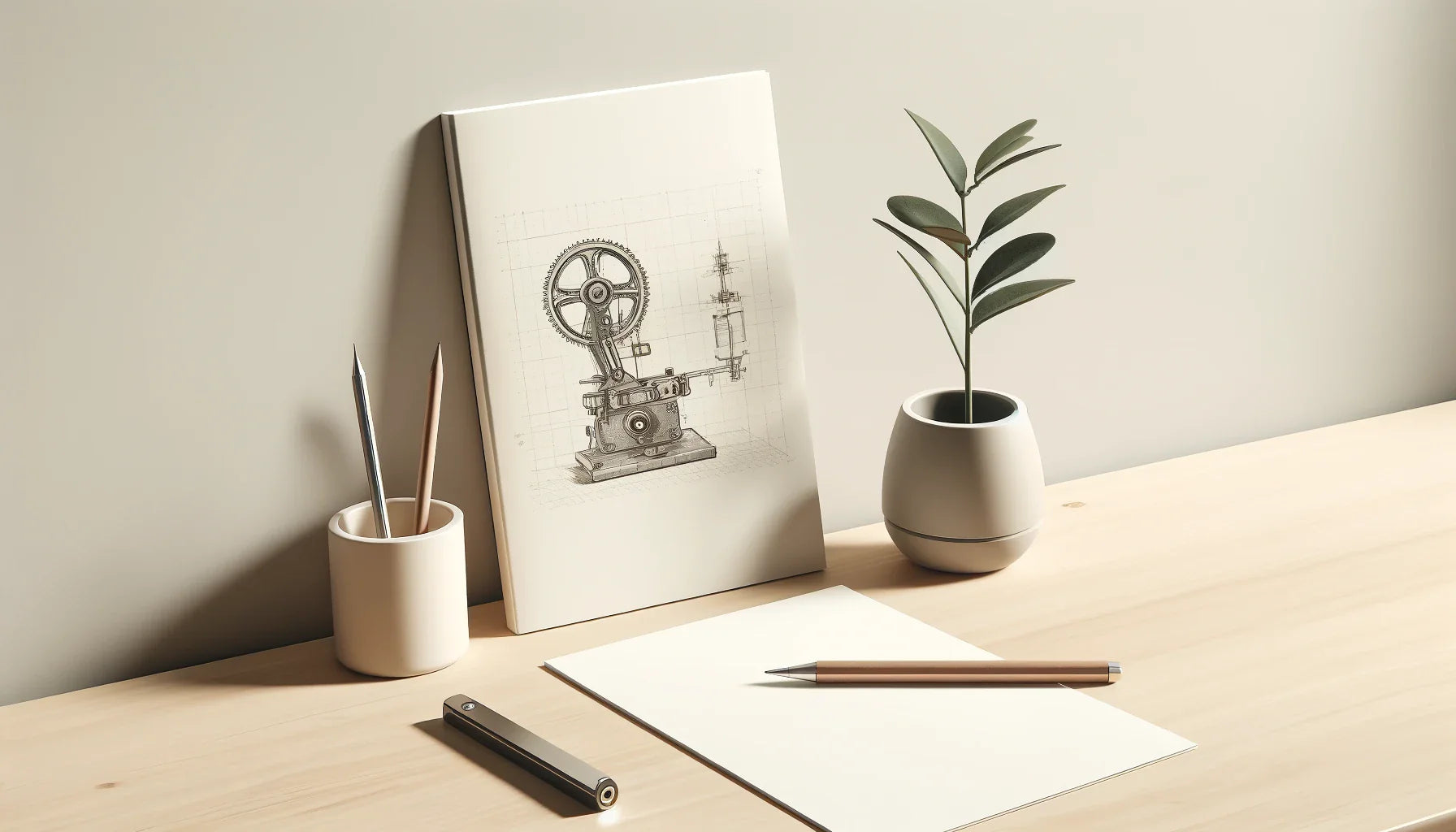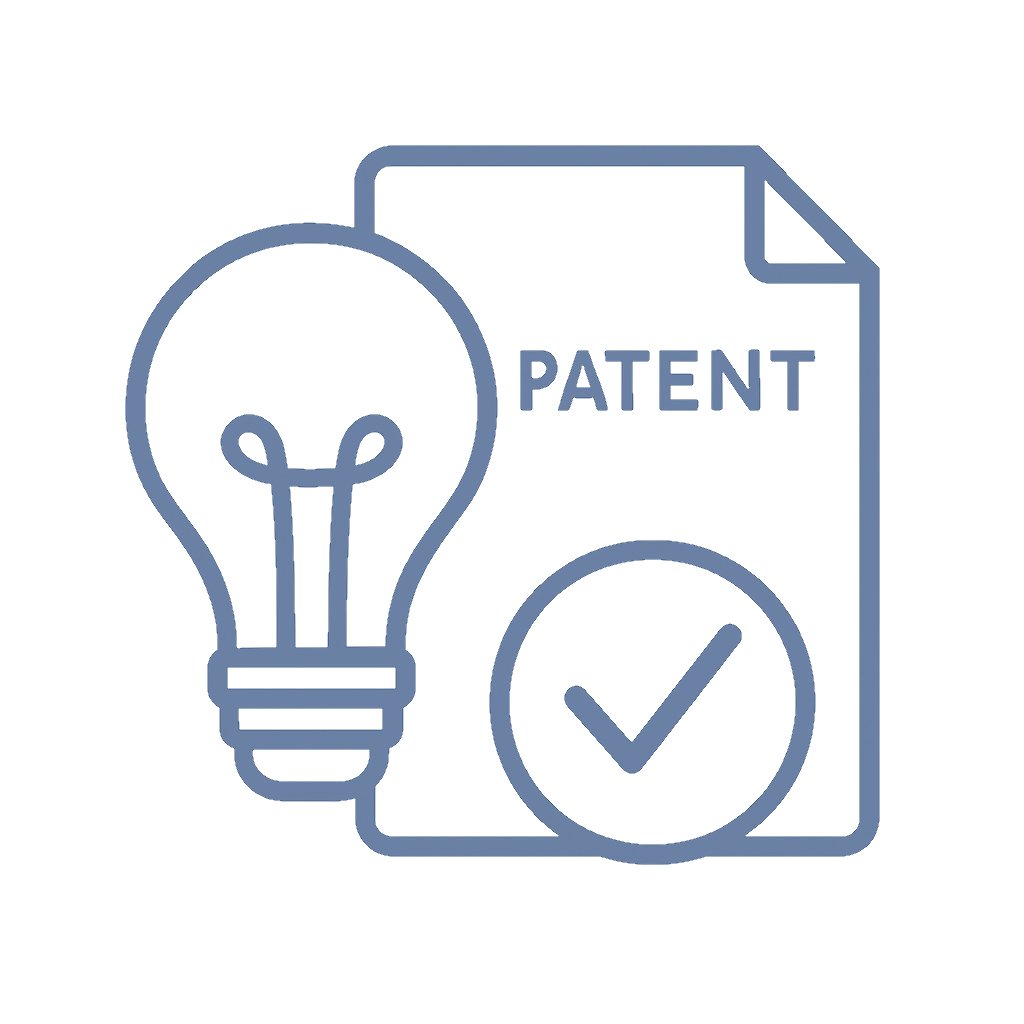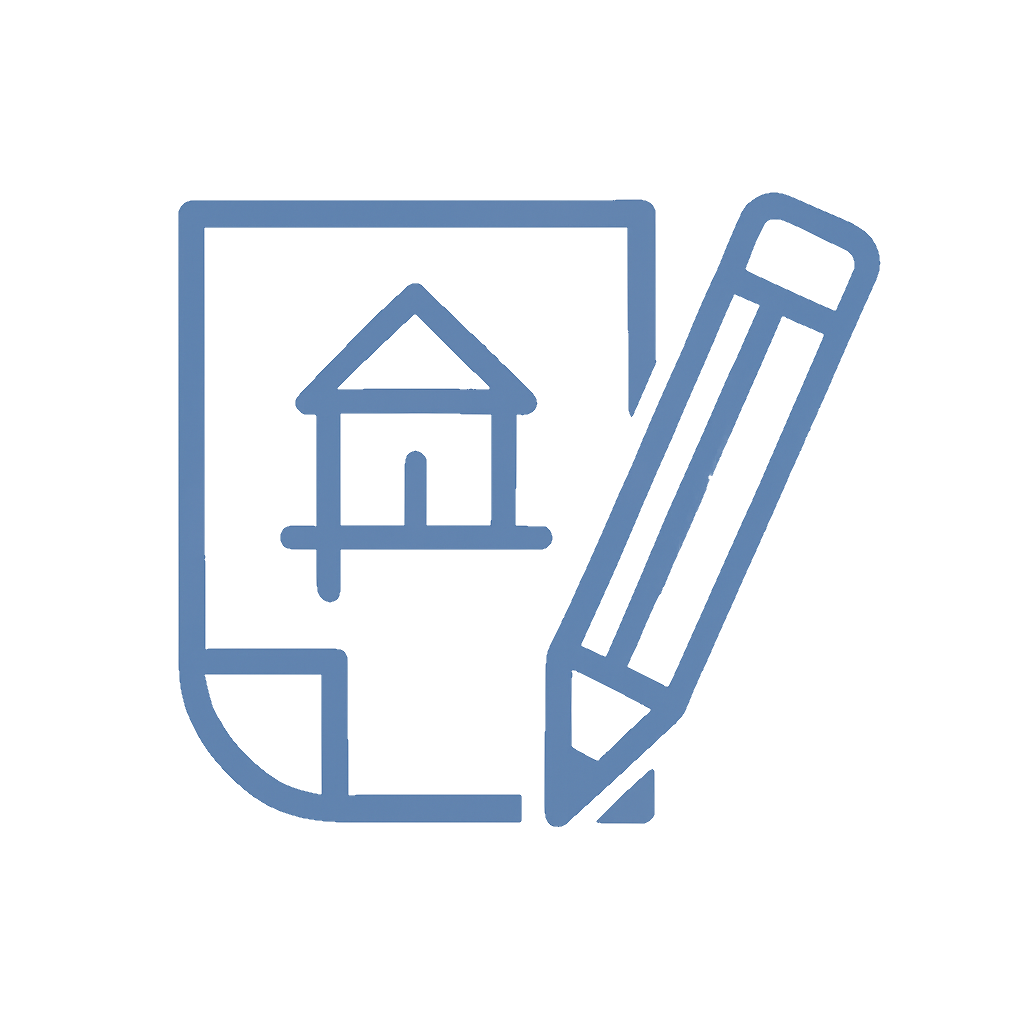📌 Quick Summary
Before your brilliant idea can hit the patent office, it needs a visual sidekick. But not every doodle or digital rendering makes the cut. This guide walks you through which images — from hand sketches to CAD models — are acceptable (and helpful) when sharing your invention with a patent attorney.
❓ Common Questions & Answers
Q1: Can I use hand-drawn sketches when submitting to a patent attorney?
Yes! Neat hand-drawn sketches are totally acceptable. Just make sure they clearly show the key parts and features of your invention.
Q2: Are photos of my prototype okay to send?
Absolutely. Photos are great, especially when they show how your invention functions or fits together.
Q3: What image formats are best for digital submissions?
PDFs, JPEGs, or PNGs work best — they’re easy to open, view, and print.
Q4: Should I label the parts in my images?
Yes, labeling helps your attorney understand your invention faster — just don’t go wild with arrows and stickers.
Q5: Do my drawings need to meet USPTO standards?
Not for your initial submission to your attorney — they’ll help you refine images for formal USPTO filing later.

📜 Step-by-Step Guide
1. Start with a basic sketch.
Even if it’s rough, drawing out your idea helps your attorney visualize what you’re building.
2. Take clear photos.
Snap shots of prototypes, models, or similar items from multiple angles in good lighting.
3. Annotate key features.
Label parts of your image — use letters or numbers, not full paragraphs.
4. Include dimensions (if known).
If you have size references, it can help with understanding scope and structure.
5. Digitize and organize.
Scan drawings or upload photos into a single folder for easy emailing or cloud sharing.
📖 Historical Context
Visual documentation has always played a starring role in the patent world. In the early 1800s, inventors were required to physically deliver a working model of their invention. With time, as drawings improved and patents increased in volume, the U.S. Patent Office decided in 1880 that models were no longer required — visuals could do the talking.
The golden age of patent illustration came in the early 20th century. Artists became specialists in capturing mechanics with painstaking detail. Back then, even a crooked bolt got its close-up. These illustrations weren’t just legal tools — they were works of art.
Today, while hand drawings are still accepted (and sometimes charming), patent attorneys rely on digital scans, 3D renders, and photographs to get the full picture — often before the USPTO even takes a look.

🏢 Business Competition Examples
1. Dyson Ltd.
Known for detailed patent filings, Dyson uses 3D CAD drawings and exploded diagrams to illustrate its vacuum technology, clearly showing airflow paths and motor placement.
2. Apple Inc.
Apple combines clean line art and minimalist drawings for sleek product filings, from AirPods to MacBooks — always balancing style with functional clarity.
3. Tesla, Inc.
Tesla often uses both hand-drawn sketches and software-generated images in early patent documents, especially when illustrating unique battery and drivetrain components.
4. LEGO Group
LEGO’s patent filings showcase exploded views and detailed schematics that leave no stud unturned, often labeling each brick’s function and placement with precision.
💬 Discussion Section
Submitting visuals to your patent attorney isn't about perfect art — it’s about clear communication. Your attorney isn't judging your drawing skills, but they are trying to understand your invention in 3D space. The goal is to get as close as possible to a full mental model of how your idea works, what parts it includes, and how those parts interact.
That’s why there’s flexibility in the type of visuals you can use. A napkin sketch can spark a patent empire — as long as it’s legible. That said, some visuals work better depending on what you're building. Mechanical inventions? Use diagrams and exploded views. Software-based ideas? Screenshots of interfaces or flowcharts can work. Electrical systems? A schematic can do wonders.
Where inventors sometimes go wrong is in under-sharing. One fuzzy photo and a “you get the idea” won’t cut it. The more visuals you share upfront, the faster your attorney can draft an accurate patent application — and the fewer billable hours you rack up in clarifying emails.
Another pro tip? Be open to feedback. Your attorney may ask for a different view, or a labeled diagram. It’s not because they didn’t understand — it’s because the USPTO needs everything buttoned up tight. They know what will fly... and what will flop.

⚖️ The Debate
Side 1: “Any Image Will Do” Camp
Some argue that as long as the idea is understandable, the medium doesn’t matter. Sketches, phone pics, even LEGO mock-ups can show how an invention works.
Side 2: “Precision-Only” Camp
Others believe that only professional CAD drawings and 3D models should be used. They reduce confusion, especially for complex mechanisms or integrated systems.
✅ Key Takeaways
-
Clear sketches and photos are totally acceptable when first submitting your invention.
-
Labeling and multiple views help your attorney see the big picture.
-
You don’t need USPTO-level formatting at this stage.
-
More images = fewer questions = faster patent drafts.
-
Think clarity, not creativity (unless you're patenting crayons).

⚠️ Potential Business Hazards
-
Unclear Images: Can delay the patent process and increase attorney costs.
-
Missing Views: One image won’t explain everything — include multiple angles.
-
Overly Technical Jargon: A messy combo of visuals and dense labels can confuse, not clarify.
-
Low-Quality Scans/Photos: Blurry or dark images frustrate attorneys and risk key elements being misunderstood.
❌ Myths & Misconceptions
-
"I need a professional illustrator before I talk to my attorney."
False. Your attorney just needs clarity, not perfection. -
"USPTO will reject my idea if the initial drawings aren’t perfect."
Incorrect. The initial visuals are just for internal review — not final submission. -
"Photos aren’t allowed in patent filings."
Wrong. Photos can be included in provisional applications and attorney references. -
"My sketch must be in 3D."
Nope. 2D side views or front views often work just fine.

📚 Book & Podcast Recommendations
-
Book: Patent It Yourself by David Pressman – https://www.nolo.com/products/patent-it-yourself-pat.html
-
Podcast: The IP Fridays Podcast – https://www.ipfridays.com
-
Podcast: The Inventive Journey by Devin Miller – https://milleripl.com/the-inventive-journey-podcast
-
Book: One Simple Idea by Stephen Key – https://www.inventright.com/one-simple-idea-book/
⚖️ Legal Cases
-
Ex Parte Bayramoglu (1971)
https://casetext.com/case/ex-parte-bayramoglu
Highlights the importance of sufficient disclosure, including visuals. -
In re Daniels (1987)
https://casetext.com/case/in-re-daniels
Reinforced that drawings must fully describe the invention's functionality. -
In re VerHoef (2018)
https://casetext.com/case/in-re-verhoef
Dealt with ownership and drawing contributions — always ensure you're the originator of your visuals. -
Egbert v. Lippmann (1881)
https://supreme.justia.com/cases/federal/us/104/333/
Famous case about public disclosure, reminding inventors to file quickly (with visuals!).

📣 Expert Invitation
Want your invention reviewed or protected like a pro? Get connected with real IP experts (who love clear drawings) at 👉 http://inventiveunicorn.com. Sketch it, snap it, and we’ll handle the legal magic.

🔚 Wrap-Up Conclusion
You don’t need a degree in industrial design — just a clear visual story of your invention. Whether it’s hand-drawn, photographed, or mocked up in a modeling app, the right image makes all the difference. So go ahead — sketch, snap, submit.












